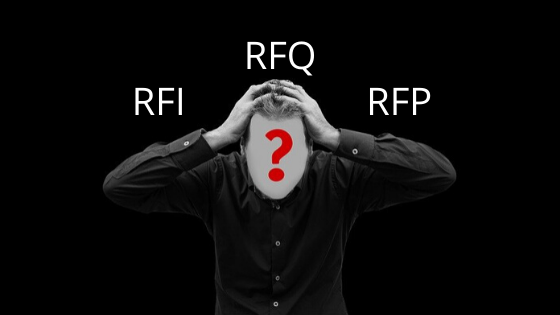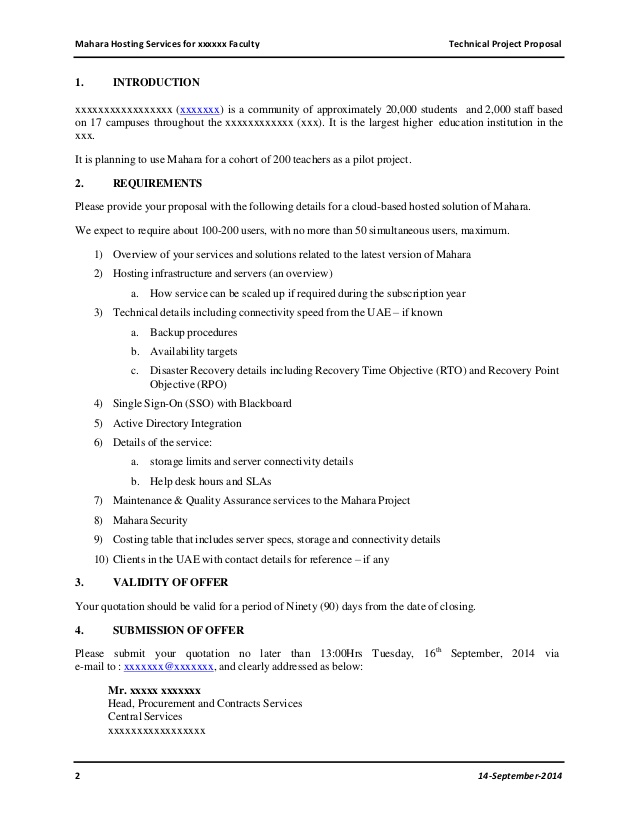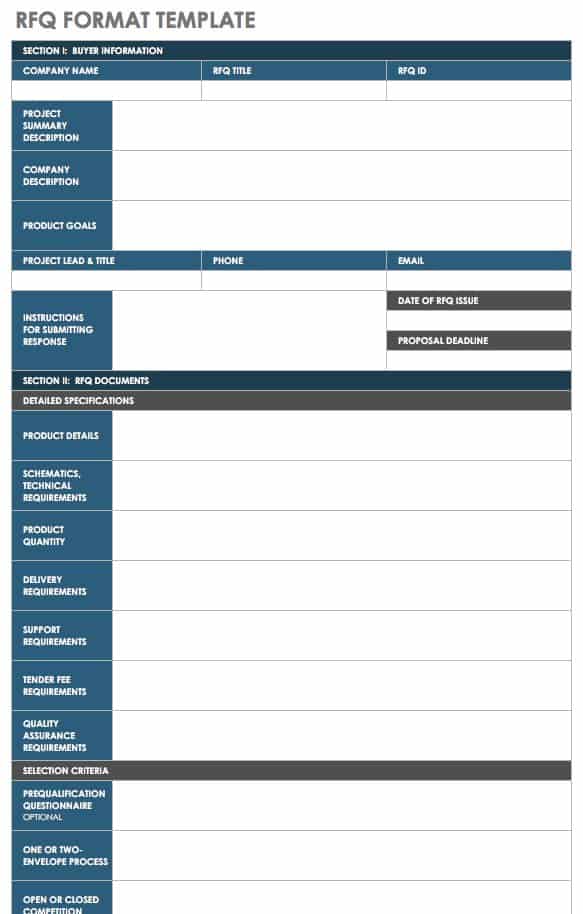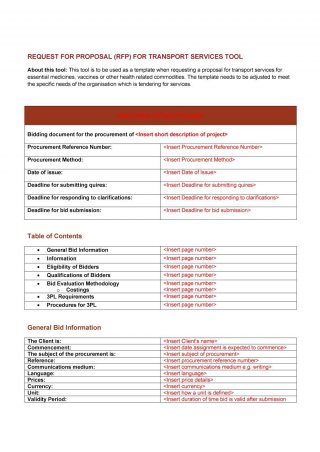TL-DR
- RFI (Request for Information): When an organization is collecting information.
- RFQ (Request for Quote): When an organization is seeking detailed cost of service/product.
- RFP (Request for Proposal): When an organization is seeking solution options with detailed costing.
RFI vs RFP vs RFQ – Are they different or similar?
RFx
“RFx” is the most commonly used term in the process of trying to win deals with government and private organizations. It refers to all “Request for…” documents used to seek different types of responses from suppliers. The three main documents under the RFx’s family are,
- RFI (Request for Information)
- RFQ (Request for Quote)
- RFP (Request for Proposal)
The three have some characteristics in common, but each one has it’s own specific requirements.
A Procurement Process
First of all, let’s understand the context of these terms. These are used in the context of vendor selection. Like for example, when an organization is looking to have certain needs satisfied, they look for some solutions. The solution can be a product or a service. Then the vendor is selected to deliver those products or services to the organization.
These documents ensure you pay the best price for the goods or services you need and save your time by choosing the most reputable vendors in order to achieve your goals and objectives. And this entire activity is called the “Procurement Process”.
So let’s take a look at the difference between RFI, RFQ, and RFP.
RFI – Request for Information
It is also known as ROI (Registration of Interest). This is the very first thing an organization does to select a vendor. It’s general hunting for information for different vendors. Let’s assume you want to procure a product, it could be anything such as a proposal software or a customer relationship management system software and you don’t know anything about the suppliers in that market. So how will you gather all the information you need?
Well, firstly you will have to go to Google and search for all the possible suppliers and then simply send them the RFI document. This approach is intended for you to get as much data as possible from the vendors.
This is important especially when you don’t have a lot of information or you know nothing about vendors. Using RFI document you can vendors to fill in as much information as possible such as,
- Who they are?
- What do they do?
- How much is their market share in that particular market?
And many more.
Why should you use an RFI document?
Reasons
- It helps you to collect details about suppliers.
- It shows that you are equally approaching all the participants.
- It kills the bargaining power of suppliers because if they know that you are dealing with so many participants like them then one of them will not try and dominate you.
- It helps you decide the next move.
As per purchasing procurement center, an RFI should include,
- Table of content
- Introduction and purpose of RFI
- Explanation of scope
- Abbreviations and terminology
- Template to complete
- Details of next steps – RFP or RFQ.
Example,
Source: LinkedIn
RFQ – Request for Quote
It is an even more detailed document that dives deep into the company’s specifications. As the name suggests, in this document you request the suppliers to give you a quote of how much they will charge you to solve your problem. It is actually a competitive beat document.
RFQ allows suppliers to submit bids on how much they charge on the exact same product or service that you are looking for. This document lets you choose the best supplier with the best value.
Why should you use an RFQ document?
Reasons
- It helps you collect the exact product specifications that you want to purchase with the quantity.
- It helps you procure the product or service at the best price.
- It gives the detailed timetable for delivering the product service
As per smartsheet, your RFQ should include,
- Specific products with detailed descriptions
- Delivery requirement
- Product Quantity
- Payment terms
- Quality level per item
- Selection Criteria
- RFQ timeline
- Terms and conditions
There is one thing that you need to keep in mind that a quote from any potential vendor is just a quote. It is not a formal offer, you can not use the RFQ document as a contract. The final will be created only after you and the vendor agrees with the offer.
Template Example,
RFP – Request for Proposal
Request for proposal (RFP) is a formal document which shows how the suppliers going to solve the problems that you have in your business. In short, you ask them to give you a proposal detailing. For example, if you need customer relationship management software, you’ll tell the suppliers what you need and they will give you a business proposal that will illustrate how they can build for you.
Read challenges sales team faces in proposal creation and how to overcome those
Request for proposal is actually the preferred way for many companies. In fact, it is the only way for governments. Because RFP asks for more comprehensive information from the vendors. You should invest maximum time in creating an RFP document to ensure good responses.
Why should you use an RFP document?
Reasons
- It allows you to inform suppliers that you plan to purchase a particular product or service.
- It will help you to compare the suppliers since each one will give you a proposal explaining how will they solve your problem.
- It will show that you follow the formal and fair process without favoring one particular supplier.
As per purchasing procurement center, an RFP should include,
- Table of contents
- Non- disclosure agreement
- Basic information about the client and the process
- Scope of the project
- Proposed timeframe
- Detailed design information and requirement
- Budget
- Submission instructions
Source: templatelab
Final Words
I hope this post gives you much better understanding about RFI, RFQ, and RFP. You can use these documents appropriately or create your response appropriately.








0 Comments